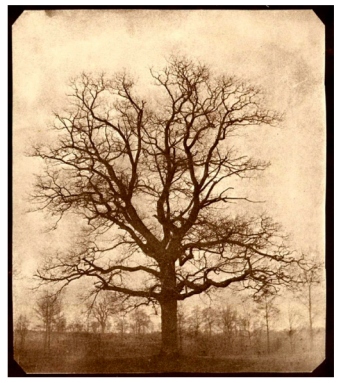Tuesday 27th January 2015. Introduction to Module
Today’s lecture involved the basic outline of Visual Literacy and the creative processes associated with it. At the end of the module a practical outcome will be presented through collaborative processes. Throughout this module I will apply my visual literacy skills by working in a group, employing a range of ideas. We looked at reading some photographs and I learnt that we read photographs not as an image but as text. When we look at an image we engage in a series of complex readings.
Here is an image of Adam and Even in the Garden of Eden which was discussed in the lecture. We see here that the apple is ‘the signifier’ and the fruit used to signify temptation is ‘the signified’. Just like a light switch is the signifier for light. It is the interpretation of the signifier which the meaning is created. The signifier and the signified are the core elements to semiotics. There is no mention of an apple in the bible, fruit is mentioned but no specific fruit. Any fruit could have been used but the link between the appearance of an apple and the temptation makes the connection successful.
The are many connections that can exist between the signifier and the signified
Signifier Signified
Apple means Temptation
Apple means Healthy
Apple means Fruit
Apple means Apple
Pomme means Apple
Apfel means Apple
This is a piece of work by Rene Magritte called ‘The Treachery of Images’. The picture displays a pipe and below it Magritte painted ‘Ceci n’est pas une pipe’ meaning ‘This is not a pipe’. It is a painting of a pipe, not a pipe.
Although some people may have different levels of understanding about a subject, they can speak to each other with broad conceptual maps. Take a gardener talking about a tree for example. He could turn to his neighbour and explain that he has had his oaks and elms pruned but the neighbour might only understand that something ‘tree-like’ is being discussed. His other neighbour might know the difference between an oak and elm tree due to the leaf shape. This neighbour has a broader knowledge of the two trees. The third neighbour might be an expert and know that the latin for an oak tree is ‘Quercus’ and an elm tree is ‘Ulmus’.
Here is an image of Fox Tabolt’s heroic and graceful oak tree. When we look at an image we engage in a series of complex readings which we categorise as we cannot avoid naming the objects, e.g. photograph, landscape, illustration. The single noun for ‘tree’ can be categorised into landscape or photograph etc.


